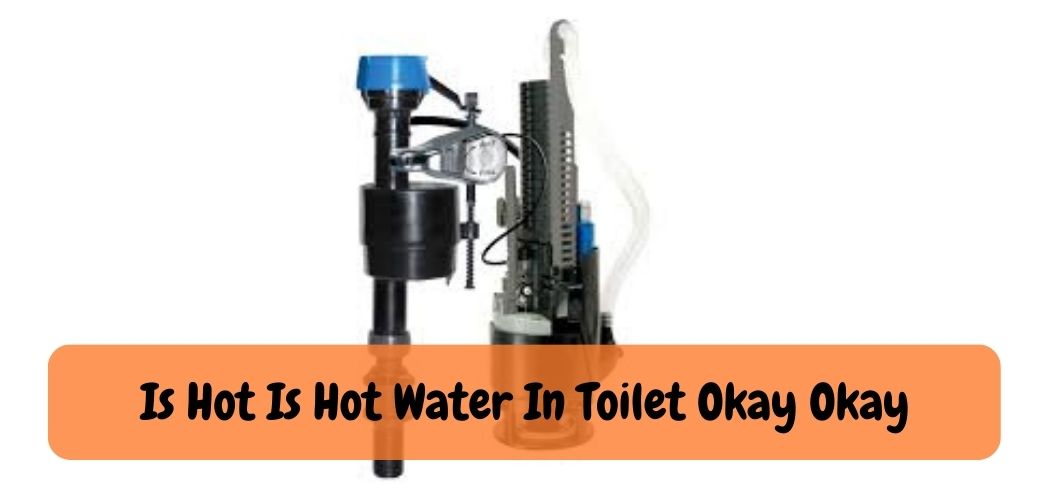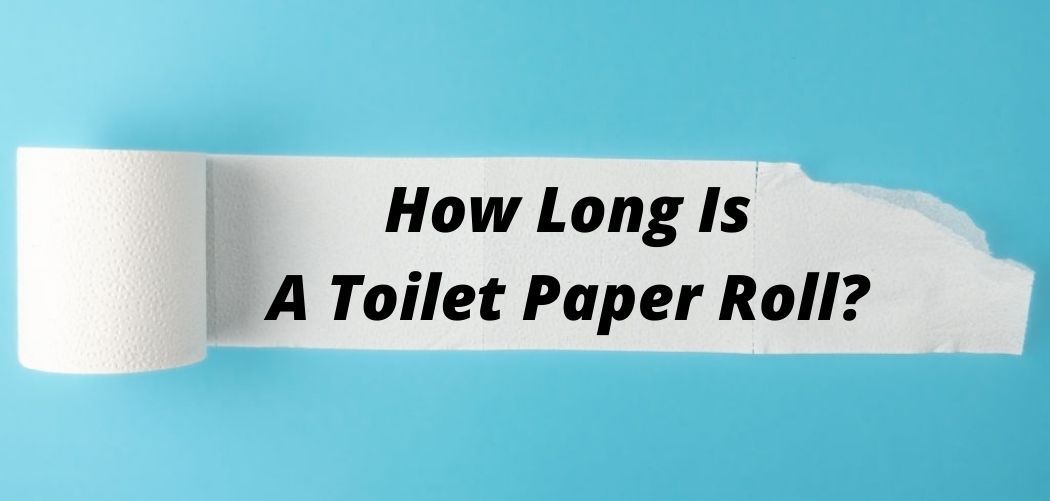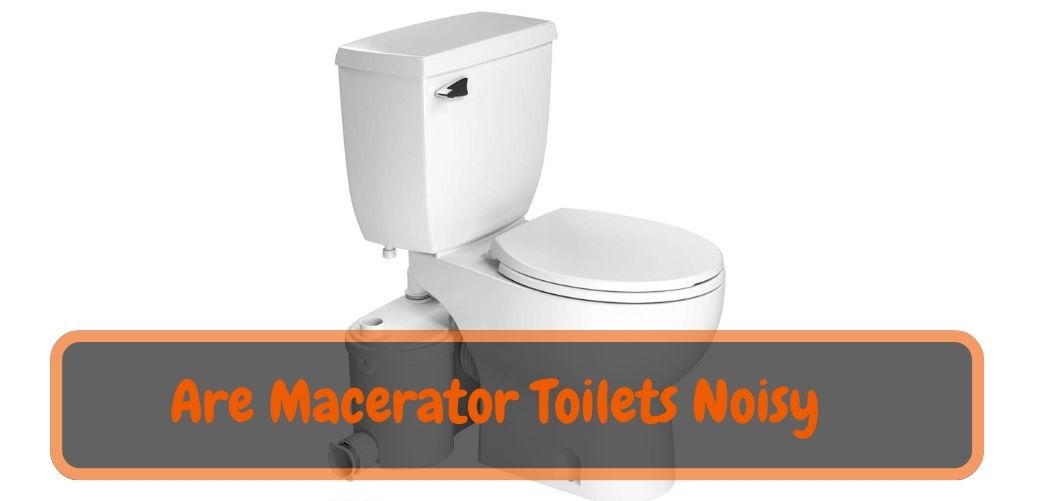If your fluidmaster flush valve is not shutting off, it is likely due to a problem with the flapper or the fill valve. This problem can cause water waste and an increase in your water bill.
The flushing mechanism of a toilet is a marvel of modern plumbing, designed for efficiency and convenience. However, when the flush valve, specifically the Fluidmaster flush valve, refuses to shut off, it can quickly turn into a frustrating situation.
If you find yourself facing this issue, you’re not alone, and there’s a good reason to seek a solution. A continuously running toilet not only wastes water, but it can also lead to higher utility bills and potential damage.
In this guide, we’ll unravel the mysteries behind why your Fluidmaster flush valve may not be shutting off as it should. We’ll explore the common culprits, potential fixes.
Offer step-by-step troubleshooting to help you regain control over your toilet’s flushing system. Let’s delve into this informative journey and get to the root of the issue with your Flushmaster flush valve.
Understanding Fluidmaster Flush Valves
Fluidmaster flush valves are essential components of toilet tanks that regulate water flow. These valves function by releasing water from the tank and refilling it after a flush. Common issues with fluidmaster flush valves include leaks, blockages, and possible mechanical failures.
One reason why a fluidmaster flush valve might not shut off is if the valve seal is damaged or dirty, preventing a complete closure. Another issue could be with the fill valve or float, leading to constant water flow and an inability to shut off.
To troubleshoot and fix these problems, it’s important to understand how fluidmaster flush valves work and the possible issues that can arise. Regular maintenance and part replacement can often extend the life of these vital toilet components.
Why Is My Fluidmaster Flush Valve Not Shutting Off? An Informative Guide
A malfunctioning toilet can be a source of annoyance and concern, especially when it comes to the flush valve not shutting off as it should. The Fluidmaster flush valve, a common component in many modern toilets, is designed for reliable performance, but occasionally, issues may arise.
If you’re experiencing a continuously running toilet, there are several potential causes behind this problem. In this comprehensive guide, we’ll explore the most common reasons why your Fluidmaster flush valve might not be shutting off, along with step-by-step troubleshooting and possible solutions to help you resolve the issue.
1. The Flapper Chain: A Common Culprit
One of the most frequent causes of a flush valve not shutting off is an issue with the flapper chain. The chain that connects the flush handle to the flapper might be too long, causing it to become tangled or caught between parts of the toilet’s flushing mechanism. Alternatively, if the chain is too short, it can prevent the flapper from sealing properly, allowing water to continuously leak into the toilet bowl.
Troubleshooting and Solution: Check the flapper chain’s length and adjust it as needed. Ensure that it has enough slack to allow the flapper to close fully but not so much that it gets tangled. Test the flush valve after adjusting the chain to see if the issue is resolved.
2. Improper Flapper Seating
A poorly seated or worn-out flapper is another common reason for a flush valve not shutting off. Over time, the flapper can deteriorate, leading to a faulty seal. This allows water to escape from the tank to the bowl, triggering the fill valve to continually refill the tank.
Troubleshooting and Solution: Inspect the flapper for signs of wear, cracks, or damage. If the flapper looks worn, it’s recommended to replace it with a new one compatible with your Fluidmaster flush valve. Make sure the new flapper is properly seated, creating a tight seal when the toilet is not in use.
3. Water Level Adjustment
The water level in the toilet tank is crucial for the proper functioning of the flush valve. If the water level is set too high, it can overflow into the overflow tube, leading to a constant refill cycle.
Troubleshooting and Solution: Adjust the water level in the tank to the recommended level marked on the inside of the tank. This adjustment is usually done using a water level adjustment clip or by adjusting the float arm. Ensure that the water level does not exceed the mark, allowing the flapper to close without any interference.
Also Read: What is the Fastest Toilet Fill Valve: The Ultimate Guide!
4. Debris and Mineral Buildup
Mineral deposits or debris in the flush valve or the fill valve can hinder proper closure, causing water to leak continuously.
Troubleshooting and Solution: Check for any debris or mineral buildup in the flush valve and the fill valve. If you notice any, clean the affected parts thoroughly to ensure unobstructed movement. This cleaning can often resolve the issue.
5. Faulty Fill Valve or Flapper
In some cases, a malfunctioning fill valve or a damaged flapper might be the root cause of the flush valve not shutting off. The fill valve could be failing to reach the correct water level or not shutting off entirely, leading to continuous water flow.
Troubleshooting and Solution: If you’ve tried the above steps and the issue persists, consider replacing both the fill valve and the flapper with new, high-quality components compatible with your Fluidmaster flush valve model.
Also Read: Who Makes the Best Toilet Fill Valve: Toiletlife Easy Guideline!
Identifying Non-Stop Flow Issues
A non-stop flow in your fluidmaster flush valve can cause a number of issues. Look out for signs such as constant water running and overflow. Common causes include a faulty valve seal, incorrect installation or debris clogging the valve.
Troubleshoot by checking the valve seal and adjusting the water level, as well as inspecting the water supply line for obstructions. If problems persist.
Consider replacing the valve or contacting a professional plumber for assistance. By identifying and addressing the potential causes of a non-stop flow, you can save water and prevent damage to your plumbing system.
Frequently Asked Questions Of Why Is My Fluidmaster Flush Valve Not Shutting Off?
Faq 1: What Can Cause A Fluidmaster Flush Valve To Not Shut Off?
A damaged flapper or improperly installed flush valve can cause a fluidmaster flush valve to not shut off.
Faq 2: How Can I Fix My Fluidmaster Flush Valve That Won’T Shut Off?
Check the flapper to ensure it is not damag or sticking, adjust the valve height, and replace the seal if necessary.
Faq 3: Can Mineral Buildup Cause My Fluidmaster Flush Valve To Malfunction?
Yes, mineral buildup may cause a fluidmaster flush valve to malfunction and prevent it from shutting off properly.
Faq 4: How Do I Know If I Need To Replace My Fluidmaster Flush Valve?
If adjusting the flapper and valve height does not work, and the valve is over five years old, consider replacing the flush valve.
Faq 5: Can I Repair My Fluidmaster Flush Valve Myself Or Should I Call A Plumber?
You can repair a fluidmaster flush valve yourself following the manufacturer’s instructions. However, if unsure, call a plumber for assistance.
Conclusion
To sum up, a fluidmaster flush valve that won’t shut off can be a frustrating problem for any homeowner. There are several causes to this issue, including a faulty fill valve, debris clogging the valve, or a worn-out flapper. Some of these problems can solve quickly and easily by cleaning or replacing basic components, while others require more in-depth knowledge of plumbing.
It is important to note that prompt action is necessary to avoid water waste, increased utility bills, and possible damage to the toilet. So, if you’re experiencing a fluidmaster flush valve that won’t shut off, you now have a better understanding of the possible causes and how to resolve them.
With the right tools and knowledge, you can save money and time by fixing the problem yourself or calling in a professional if necessary.










